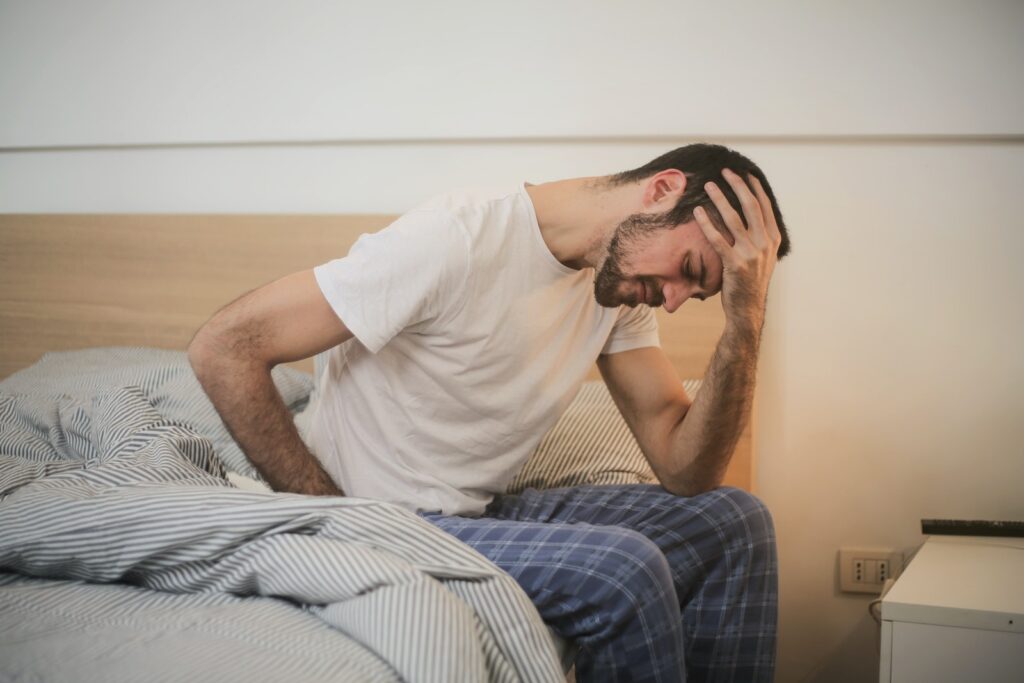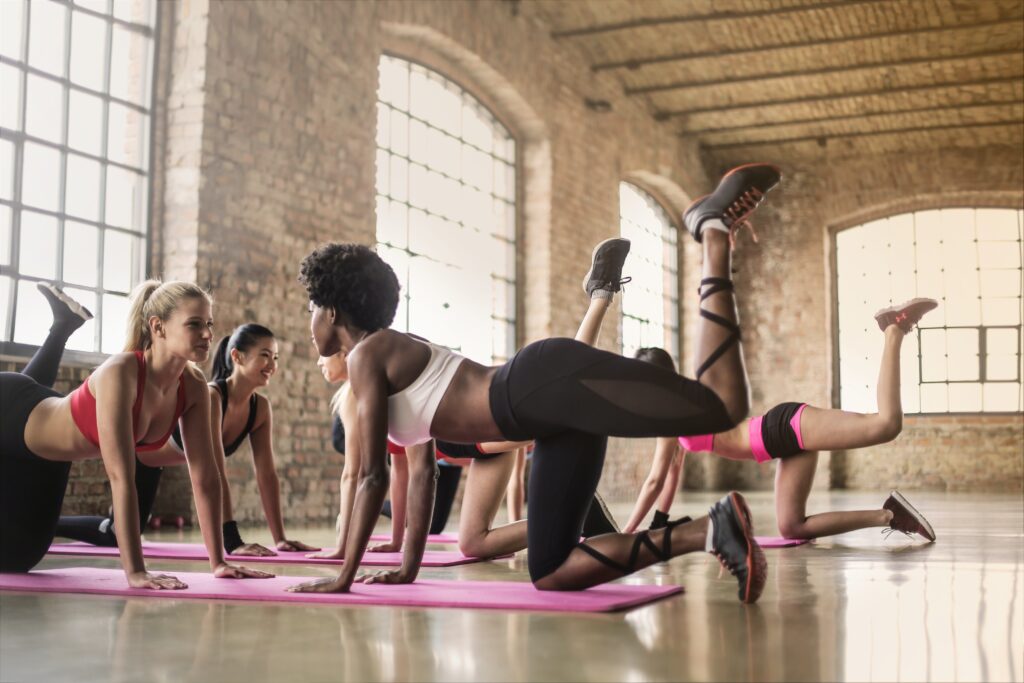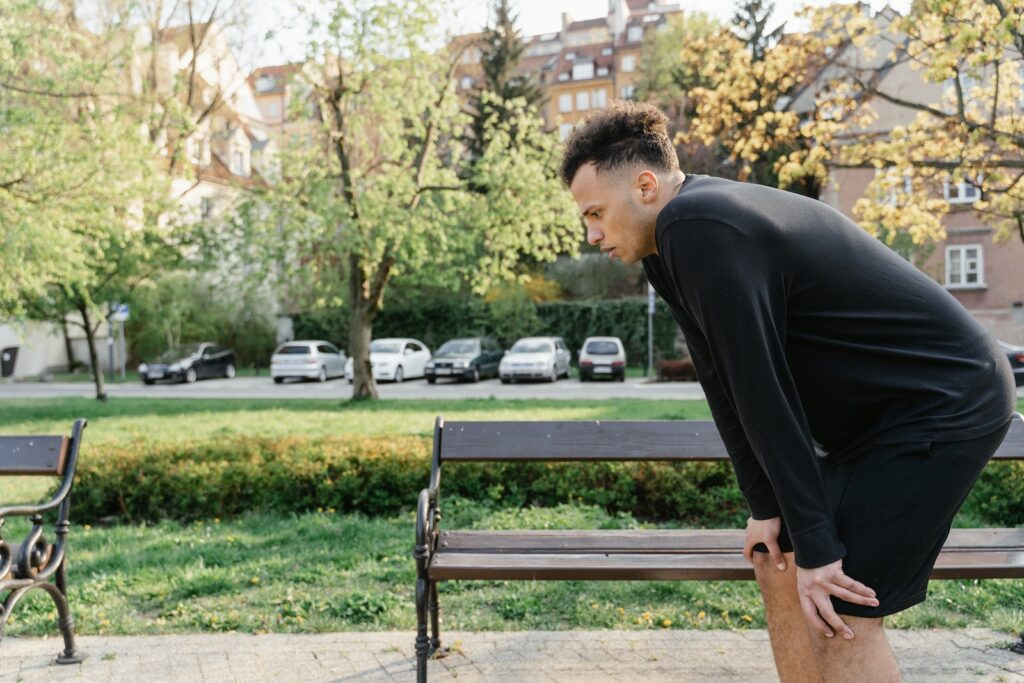Anxiety and Physical Symptoms
A question that many people ask, and one that can be difficult to answer. After all, everyone experiences anxiety in different ways.
The answer is yes. Anxiety can have physical symptoms, and it’s important to be able to identify them. Anxiety disorders are the most common mental illness in the U.S., affecting 40 million adults every year. And yet, only 36.9% of people with anxiety disorders receive treatment.
Different types of anxiety disorders can manifest in a variety of ways, and the symptoms may vary from person to person. It is important to be aware of the potential physical symptoms of anxiety so that you can receive medical advice, diagnosis and treatment.
Anxiety can have both physical and psychological symptoms. Some physical symptoms of anxiety include: feeling tense or nervous, having a racing heart, sweating, trembling, and feeling weak or exhausted.
On the other hand, anxiety can also cause psychological symptoms such as anxiety disorders, which are mental health conditions that involve intense fear and distress. Symptoms may include: feeling like you’re going to panic or having a panic attack, avoiding situations or activities that make you anxious, irritability and restlessness, poor concentration and difficulty sleeping.

Generalized anxiety GAD is an anxiety disorder characterized by chronic anxiety, exaggerated worry and tension. In the US, it affects 6.8 million people, but this isn’t the only form of anxiety. Instead, there are many others.
Regardless of the type of anxiety, the symptoms are similar. Therefore, learning the physical symptoms of anxiety can help you identify it in your life, which is the key to treating it.
So what are the physical symptoms of anxiety, and how can you beat anxiety in the long term?
Here is a guide explaining the common physical symptoms and some of the treatment options.
Physical Symptoms of Anxiety
Anxiety is a disorder that affects people differently. As a result, you can develop different forms of anxiety and experience anxiety from various triggers.
Many people who struggle with anxiety experience believe the problem is only in their minds. However, this is not the case. You can also experience physical anxiety symptoms when struggling with this disorder.

A stressful situation can make the heart pound, and the breathing can become rapid. Muscles become tense and beads of sweat can appear.
These reactions to stress are part of what we know as the “fight-or-flight” response, a survival mechanism that enables people and other mammals to react quickly to life-threatening situations.
Here is a list of some of the physical symptoms you might notice:
Headache or Muscle Pain
Anxiety tends to cause tension throughout a person’s body, and muscle tension restricts blood flow and impedes nerve function. As a result, this tension can result in body pain, including headaches.
Additionally, you might experience muscle pain throughout your body. For example, you might have a sore neck, back, or arms. You might even feel pain in your legs or other body parts.
Insomnia and Fatigue
People with anxiety often complain of not being able to sleep. Insomnia might occur because their minds rush with thoughts all night. Many people feel fearful, worried, and sad, causing them to stay awake all night.
Of course, people tend to feel fatigued when they’re not sleeping well. Therefore, feeling tired is a natural response. However, people with anxiety might sleep too much, which might also cause fatigue.
Shortness of Breath
Shortness of breath is another physical symptom people experience from anxiety. In some cases, anxiety sufferers feel like they can’t breathe, and some even have panic attacks causing this or resulting from it.
Hot Flashes and Sweating
It’s also not uncommon to experience hot flashes or extreme sweating. You might not feel sweaty all the time, but you might have periods where you suddenly experience these feelings.
Having hot flashes commonly occur from an increased heart rate or breathing issue.
Increased Heart Rate
You might also have times when your heart starts racing. You might even feel it pounding in your chest. An increased heart rate is a common physical symptom most people with anxiety feel regularly. If you feel chest pain or suspect you might be having a heart attack, call 911, immediately.
Gastrointestinal Problems
Some people might also have gastrointestinal problems. For example, you might have diarrhea or constipation, as anxiety affects the entire body.
Are you experiencing any of these anxiety physical symptoms? If so, you might have anxiety, which isn’t something you can easily ignore. Instead, it might be helpful to seek treatment options for it.
Ways to Treat Anxiety
Most people identify anxiety by their thoughts and feelings, but you can see that you can also identify it through the physical symptoms it causes. Once you’ve identified the symptoms, both physical and psychological, the next thing to learn is how to deal with anxiety.
What are the best ways to treat it? What are some coping strategies for anxiety? Here are several treatment options you can consider if you want solutions:
Treat Your Health Issues
Did you know that health issues can cause anxiety? Therefore, you might want to ensure that you’re seeking the best medical assistance possible for any medical issues you may have.
Overcoming anxiety can be challenging, but you’ll face fewer hurdles if you treat the underlying issues. For example, treating health issues might reduce your stress, worry, and anxiety if you have untreated issues.
On the flip side, anxiety can cause health issues. As you can see above, some of the physical symptoms of anxiety include an increased heart rate and body pain. Failing to address these issues can lead to severe health problems.

Exercise and Eat Right
Secondly, many people find that caring for themselves properly helps reduce their anxiety. For example, you could change your diet by replacing fried foods and junk food with fresh fruits and vegetables.
Additionally, exercising offers benefits for the mind and body. When you exercise, your brain releases feel-good chemicals, causing you to feel happier and less anxious.
Hypnosis
Hypnosis is another method people turn to for natural relief from anxiety. Through hypnosis, you can learn how to respond to a situation in a more healthy way. Choosing your responses, controlling and redirecting them, will enable you to successfully reduce your anxiety in a more healthy and functional way and finally stop the physical anxiety symptoms.
People use hypnosis to treat many things, including smoking cessation and pain management.
Hypnosis is a holistic form of anxiety treatment, and you can receive it online. During the online sessions, I can help you relax to a point where you can train your brain to think differently, and respond differently when you face an anxiety-triggering situation.
When this occurs, the hypnotherapist can help your mind view anxiety in a different light. The result is relief from the mental and physical symptoms anxiety causes.
Support Groups and Counseling
Finally, you can find relief from anxiety by attending support groups and counseling.
Counseling provides the opportunity to talk about your feelings and life. You can unload your thoughts and replace poor thinking habits with positive ones.
Attending a support group gives you companionship and encouragement. You’ll learn that you’re not alone, and you’ll uncover tips and coping skills that others use to deal with their anxiety.
Of course, you can combine several treatment methods to find the best solution for your specific type of anxiety.
Learn More About Hypnotherapy for Anxiety
You’ll likely know if you struggle with this condition after learning the physical symptoms of anxiety. If you believe you have anxiety and want to treat it, you can use various options for treatment, including hypnosis.
Would you like to learn more about hypnosis therapy? Contact us at Health By Hypnosis to learn more about our services and how they can help.




